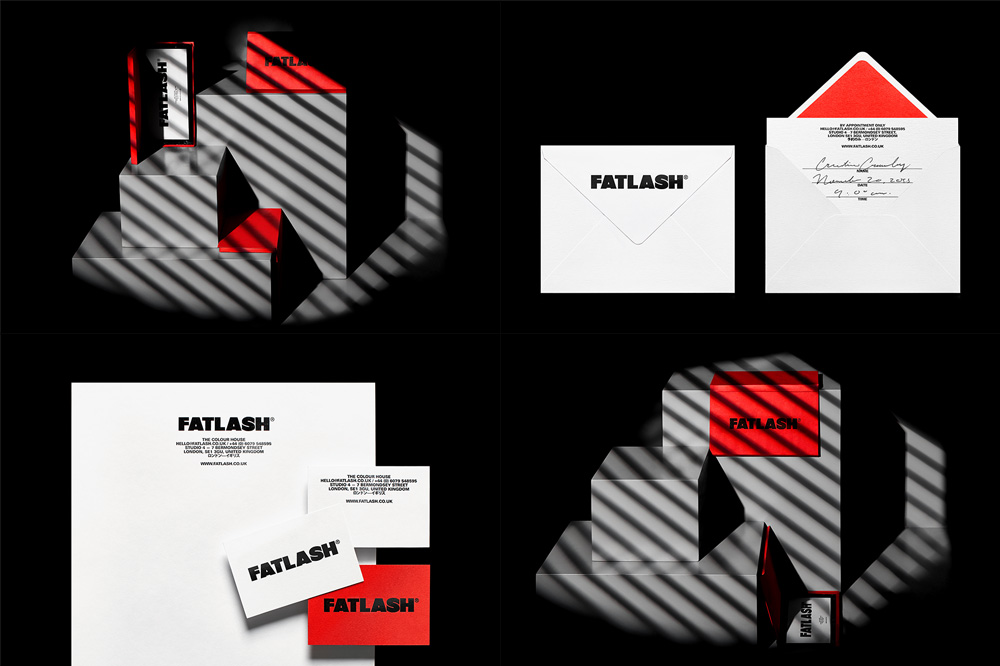Over the past two days I attended an outstanding conference on equity organized by Irit Samet, Dennis Klimchuk and Henry Smith. It was at King’s College, London, and the papers will be published in an Oxford University Press volume called “Philosophical Foundations of Equity.” So equity is on my mind.
In this post, I want to offer a few thoughts about an equitable doctrine that has been showing up in a lot of recent Supreme Court opinions, namely “the balance of equities.” It is also called “the undue hardship defense.” This doctrine is concerned with the hardships that an injunction might impose on the defendant (relative to hardships for the plaintiff), as well as the defendant’s fault. This doctrine is strongly associated with the court’s power (and duty) to tailor equitable relief to the circumstances of the case.
The balance of hardships is best thought of as a defense against equitable relief. But it’s not the kind of defense that can be waived by the defendant. Instead, like other equitable defenses, such as laches and unclean hands, it is meant not only to protect the parties but also to protect the court and prevent the misuse of its equitable powers.
So what is the balance of equities? Let’s start with what it isn’t. Don’t be misled by the word balance. This is not a balancing test (thank goodness). It’s not just an adding up the costs and benefits for the plaintiff and defendant. Equity wasn’t, and isn’t, a kind of utilitarian calculating machine. No surprise here — even if you think equitable doctrine should strive for results justified by cost-benefit analysis, remember that this doctrine isn’t “the test for equitable relief.” It’s only a defense.
It is about the burdens, or costs, on the plaintiff and defendant. But it’s also about fault. So is it a costs-benefits-fault-everything-in-the-hopper test? No.
The doctrine has a structure. The classic case is a building encroachment. B builds a house that is one foot over A’s property line. A sues, wins on the merits and asks for an injunction. B invokes the balance of equities or undue hardship defense: That is, B says “to remove the trespass I will have to tear down my house, a burden that is out of all proportion to the benefit that A will get.” Then A might counter: “Yes, but you knew you were building on my property, so it doesn’t matter that the burden on you is high.”
How the case comes out is clear in most jurisdictions. If B knew he was building on A’s property, the court will enjoin the trespass (i.e., order the house removed). If B was negligent about building on A’s property, the court might enjoin the trespass. And if B was not negligent — imagine that B ordered a survey but the surveyor got it wrong — then the court will not enjoin the trespass. (That might mean an award of damages, or perhaps an injunction requiring the defendant to convey another strip of land to the plaintiff.) This same kind of structured analysis can be applied in other cases.
This post is already long, so I won’t attempt a defense of the traditional structure of this doctrine. But it’s subtle and rational, and it has an important place in equity’s remedial arsenal. And it has a number of characteristic traits of equity: equity uses a wider-angle lens, considering the hardships on both parties (not traditionally done in damages analysis); equity is pervasively concerned with the conduct of the parties; and equity tailors its relief to the particular case (injunctions are not supposed to be “off the rack”). To borrow a point from David Schoenbrod, equitable balancing or undue hardship is not only about whether to give an injunction but also about how to draft the injunction.
How a court fashions equitable relief is shaped by the principle that “he who seeks equity must do equity.” With the balance of hardships, the court is looking not to whether the plaintiff has “done equity,” but to whether the defendant has. The traditional maxim is “he who seeks equity must do equity.” This doctrine adds a corollary: “he who seeks to avoid equity must do equity.”
(Two endnotes. First, I used the phrase “equitable relief” in this post. When using that term I don’t mean “non-monetary relief.” I actually mean “equitable relief,” including injunction, accounting, constructive trust, equitable lien, subrogation, equitable rescission and specific performance — but not including damages, habeas, mandamus, replevin, quasi-contract and legal rescission. For analysis, see my article “The System of Equitable Remedies.” Second, the leading treatment of the undue hardship defense is this recent article by Doug Laycock, and there is a valuable brief discussion here by Henry Smith.)
*I corrected a wrongly transposed A and B in one sentence. Thanks to reader “VC Junkie” for catching the mistake.








![1916: 'PHYSICIST DAD' TURNS HIS ATTENTION TO GRAVITY, AND YOU WON'T BELIEVE WHAT HE FINDS. [PICS] [NSFW] 1916: 'PHYSICIST DAD' TURNS HIS ATTENTION TO GRAVITY, AND YOU WON'T BELIEVE WHAT HE FINDS. [PICS] [NSFW]](http://imgs.xkcd.com/comics/headlines.png)













